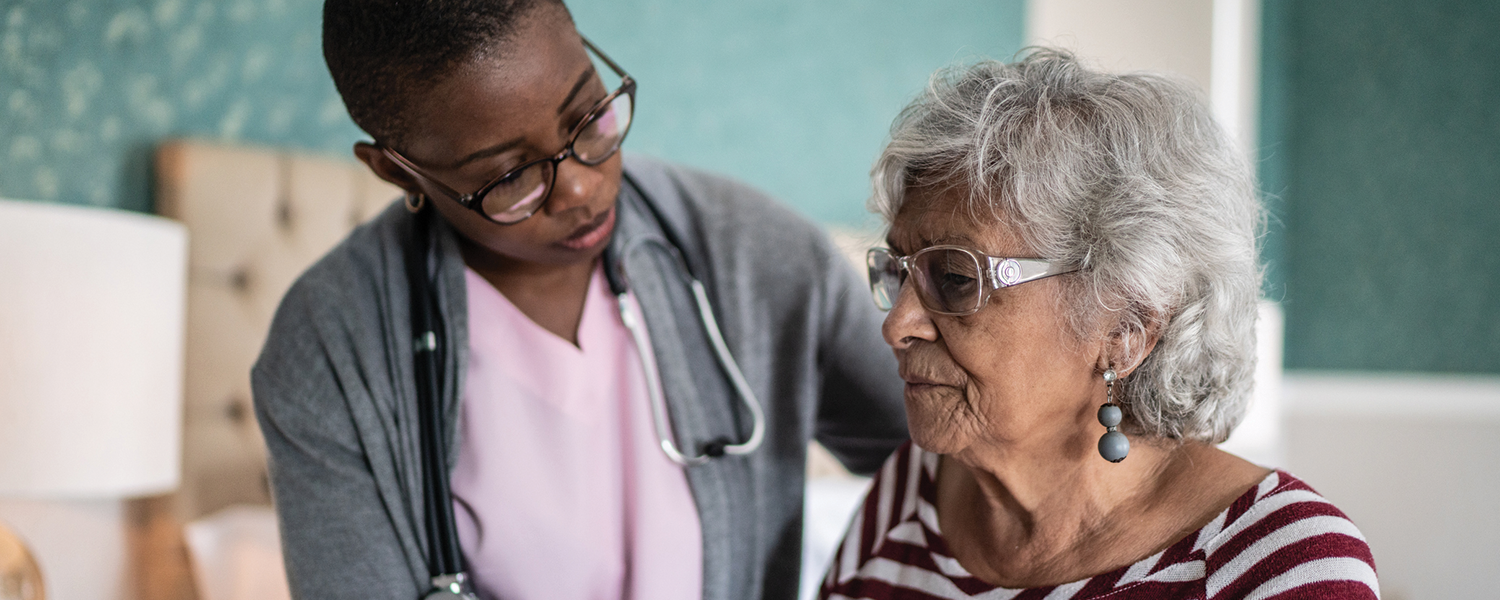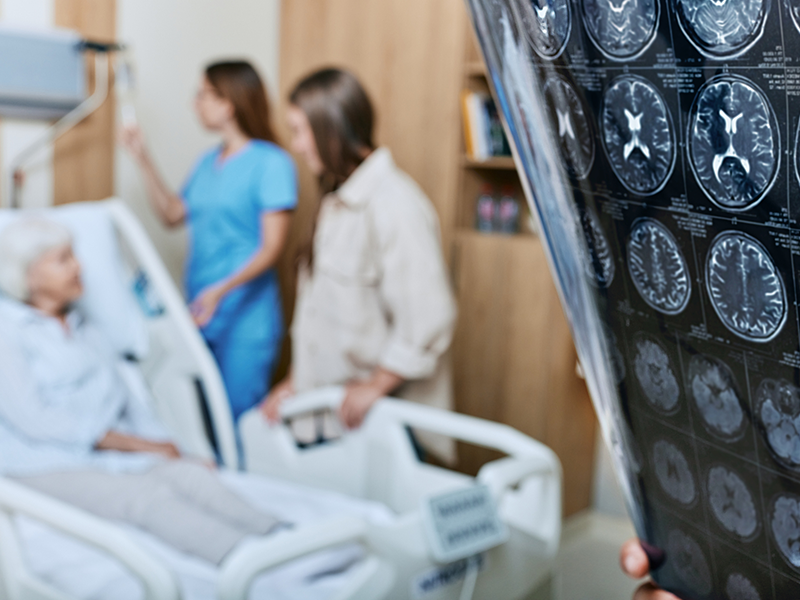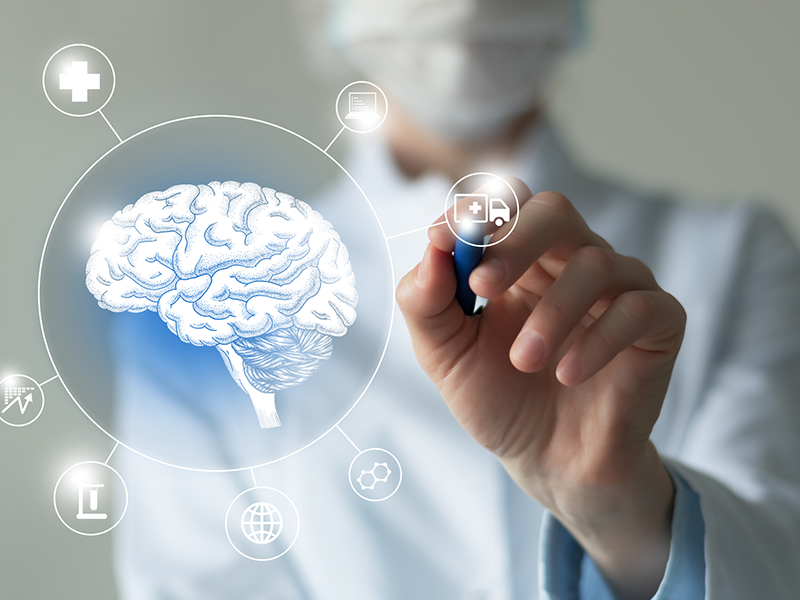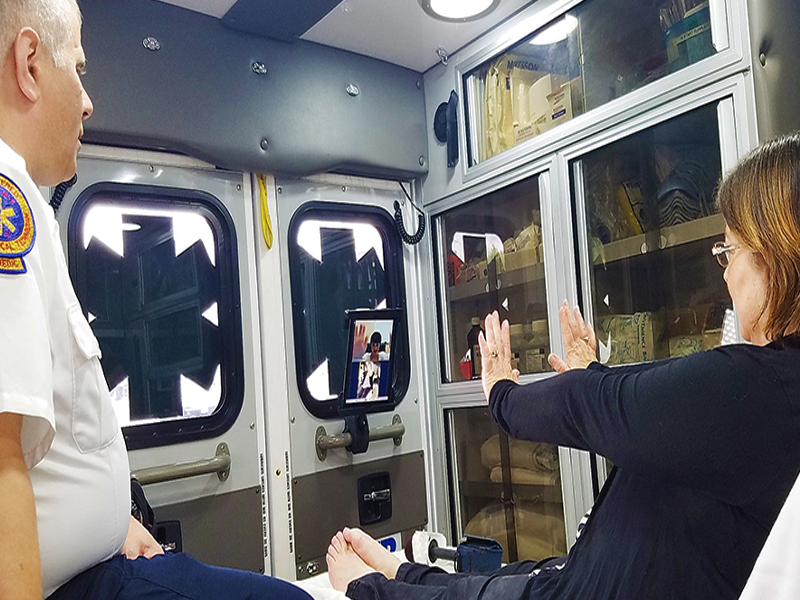A stroke is a medical emergency that requires immediate attention. Also known as a brain attack, stroke is the fifth highest cause of death, right behind heart disease and cancer, and the number one cause of long-term disability. According to the American Stroke Association, an estimated 600,000 Americans suffer a new or recurrent stroke each year, and an estimated 160,000 will die. CMC is a repeat recipient of the American Heart Association/American Stroke Association's Get With The Guidelines® recognition for excellence in stroke care.
Each stroke is different
Depending on what part of the brain is injured, the extent of the injury, and your general health, a stroke can cause:
- Weakness or paralysis on one side of the body
- Problems with balance or coordination
- Problems using language
- Being unaware of or ignoring parts of the body on one side
- Pain, numbness or odd sensation
- Problems with memory, thinking, attention or learning
- Trouble swallowing
- Problems with bowel or bladder control
- Sudden bursts of emotion, such as laughing, crying or anger
- Depression
- Being unaware of the effects of the stroke
By knowing the warning signs of a stroke and seeking emergency care immediately, you can increase the chance of survival and recovery. If you or a loved one suddenly shows any symptoms, call 911.
Warning Signs & Risk Factors
There are two categories of risk factors for stroke—those that cannot be managed or changed, and those that can. You can lower your risk for stroke by adjusting your lifestyle or environment to address the manageable factors.
What You Can’t Change
- Age—as our age goes up, so does our risk for a stroke
- Family history of stroke
- Gender—males are at a higher risk for stroke than women
- Race—African-Americans are at a higher risk for stroke than other groups.
- Personal history of diabetes
What You Can Change
- Know and control your blood pressure
- Find out if you have atrial fibrillation
- Control your diabetes
- Know and manage your cholesterol
- Eat a low sodium, low-fat diet
- Control your weight
- Don’t smoke
- Use alcohol in moderation
- Exercise regularly
Warning Signs
BE FAST is an easy way to remember the warning signs of stroke:
- Balance: Loss of balance, headache, or dizziness
- Eyes: Blurred vision
- Face: Sudden numbness, weakness, or drooping of the face
- Arms: Weakness or numbness in one arm or leg
- Speech: Sudden confusion or trouble speaking or understanding
- Time: If any of these symptoms are present, call 9-1-1 immediately
Other signs include:
- Sudden trouble seeing in one or both eyes
- Sudden trouble walking, dizziness, loss of balance or coordination
- Sudden severe headache with no known cause
Not all of these warning signs occur in every attack, and sometimes they go away and then return.
If you think you may be having a stroke, don’t hesitate. Call 911 immediately.
Why choose CMC?
The Stroke Program at CMC includes a dedicated team of professionals committed to improving the recovery and rehabilitation rate for stroke patients. The team includes:
- Emergency room physicians
- Neurologists
- Hospital medicine providers (hospitalists/admitting physicians)
- Intensivist (in-house) physicians
- Physiatrists (rehabilitation physicians)
- Registered nurses
- Physical therapists
- Speech pathologists
- Occupational therapists
- Case managers/social workers
Be FAST—Spot a Stroke
Learn the warning signs of stroke and be fast—call 911 immediately.
The minutes and hours immediately following the onset of stroke symptoms and warning signs are critical.
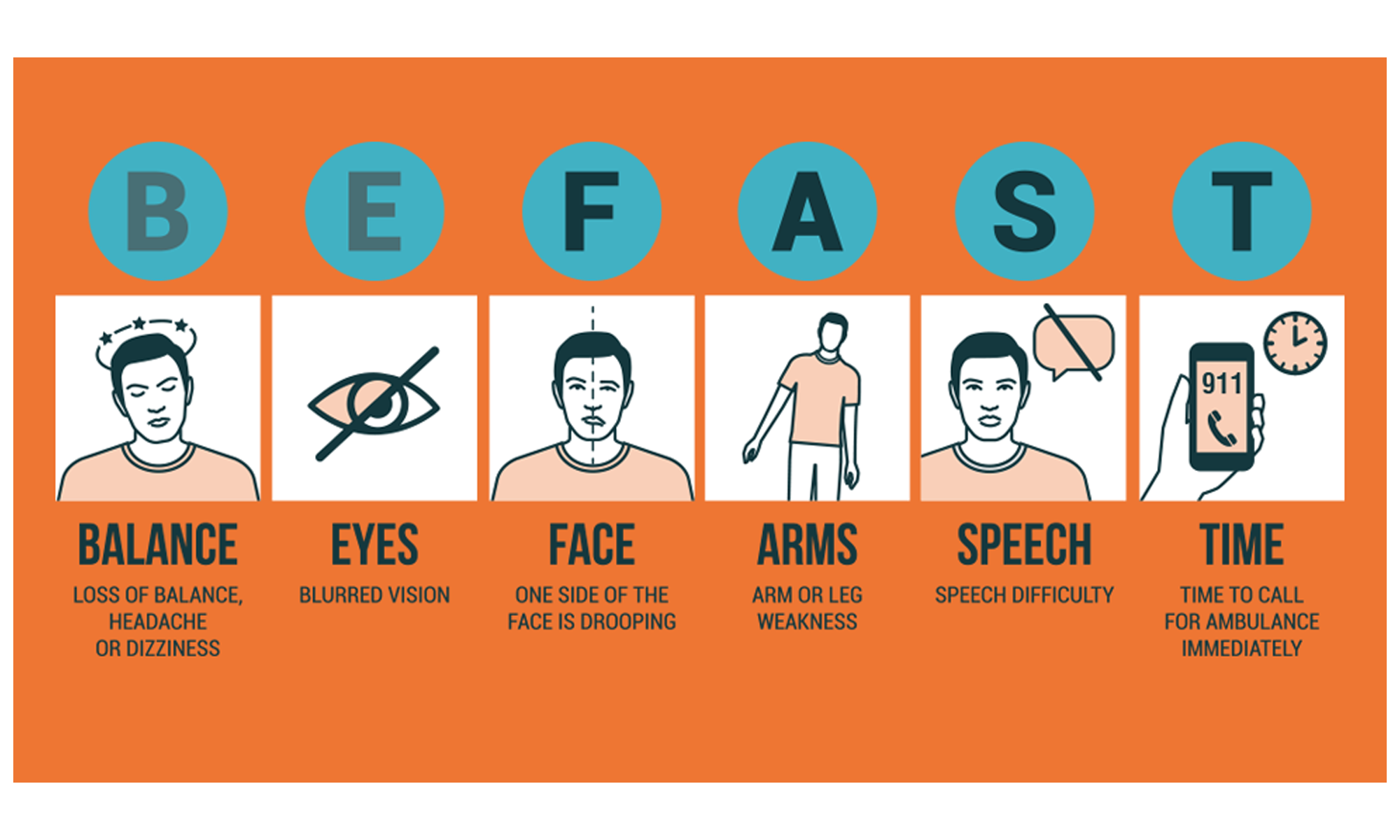
Quick Links
